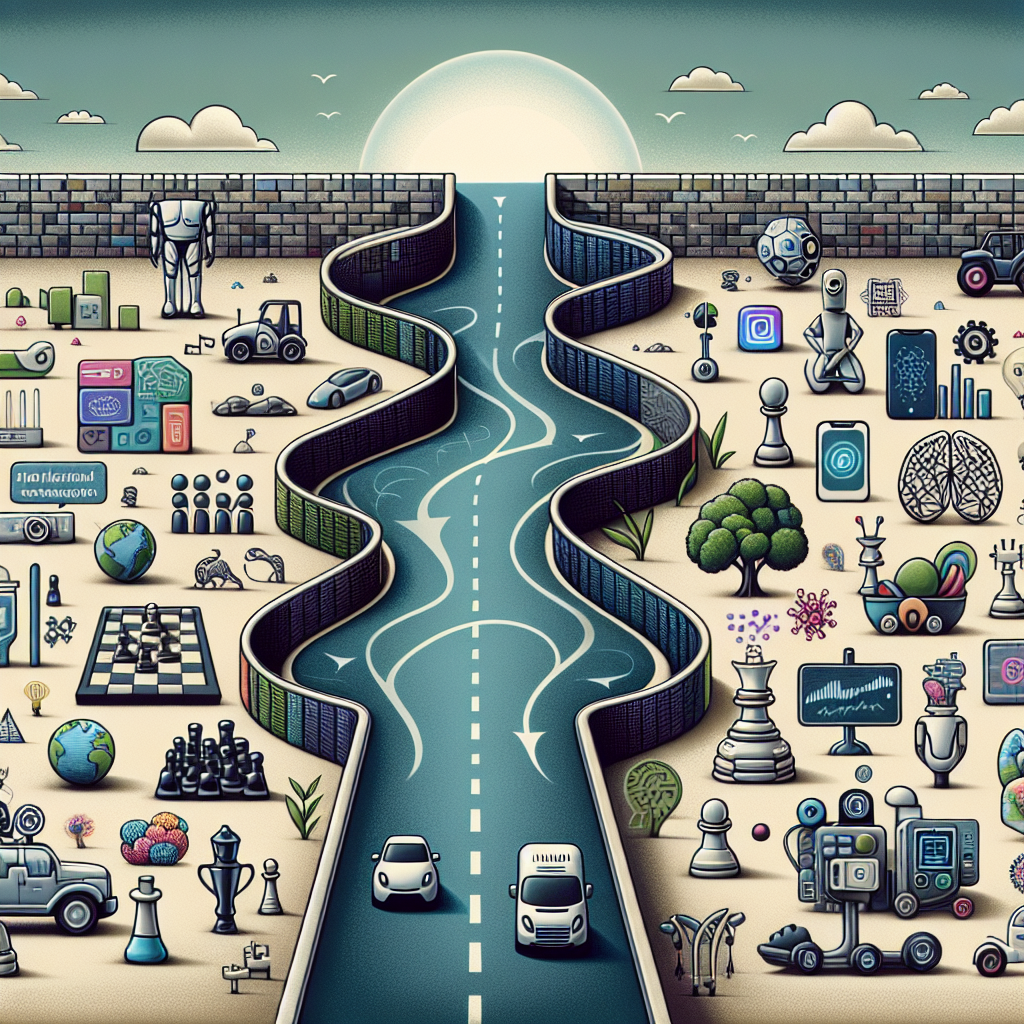From Narrow to General: Understanding the Evolution of AI
Artificial Intelligence (AI) has come a long way since its inception in the 1950s. What started as a narrow, specialized tool has now evolved into a more general, versatile technology that has the potential to revolutionize industries and change the way we live and work. In this article, we will explore the evolution of AI from narrow to general, and how this transformation is reshaping the field of artificial intelligence.
The Beginnings of AI: Narrow Intelligence
The early days of AI were characterized by narrow, specialized systems that were designed to perform specific tasks. These systems were limited in their capabilities and could only perform the tasks they were programmed to do. For example, early AI systems could play chess or solve mathematical equations, but they lacked the ability to learn or adapt to new situations.
One of the key challenges in the early days of AI was the lack of computing power. In the 1950s and 1960s, computers were slow and expensive, making it difficult to develop AI systems that could handle complex tasks. As a result, early AI researchers focused on developing narrow, specialized systems that could perform simple tasks efficiently.
Despite these limitations, narrow AI systems made significant advancements in fields such as gaming, robotics, and natural language processing. For example, IBM’s Deep Blue chess-playing computer famously defeated world champion Garry Kasparov in 1997, showcasing the power of narrow AI systems in specific domains.
The Rise of General Intelligence
In recent years, there has been a shift towards developing more general AI systems that can learn and adapt to new situations. This shift has been driven by advances in computing power, data availability, and machine learning algorithms that have enabled AI systems to become more versatile and capable.
General AI systems, also known as artificial general intelligence (AGI), are designed to perform a wide range of tasks and adapt to new situations without being explicitly programmed to do so. These systems have the ability to learn from experience, reason, understand natural language, and make decisions autonomously.
One of the key challenges in developing general AI is creating systems that can generalize their knowledge and apply it to new tasks. This requires AI systems to be able to learn from a wide range of data sources and adapt their knowledge to different contexts. Researchers are exploring techniques such as reinforcement learning, transfer learning, and meta-learning to enable AI systems to learn more efficiently and generalize their knowledge effectively.
The potential applications of general AI are vast and diverse. From autonomous vehicles and medical diagnosis to natural language understanding and creative tasks, general AI has the potential to revolutionize industries and improve human lives in profound ways. Companies like Google, OpenAI, and DeepMind are at the forefront of developing general AI systems that can tackle complex tasks and solve real-world problems.
FAQs
Q: What is the difference between narrow AI and general AI?
A: Narrow AI systems are designed to perform specific tasks or functions, while general AI systems are more versatile and can adapt to new situations without being explicitly programmed to do so.
Q: What are some examples of narrow AI systems?
A: Examples of narrow AI systems include chess-playing computers, language translation tools, and facial recognition software.
Q: How close are we to achieving general AI?
A: While significant progress has been made in developing general AI systems, achieving true artificial general intelligence remains a challenging and long-term goal for researchers in the field.
Q: What are some ethical considerations related to the development of AI?
A: Ethical considerations related to AI include issues such as bias in algorithms, data privacy, job displacement, and the impact of AI on society. Researchers and policymakers are actively addressing these concerns to ensure that AI technologies are developed and deployed responsibly.
Q: How can I learn more about AI and its applications?
A: There are many resources available to learn more about AI, including online courses, books, and research papers. Organizations like the Association for the Advancement of Artificial Intelligence (AAAI) and the Institute of Electrical and Electronics Engineers (IEEE) also provide valuable information and resources on AI and its applications.
In conclusion, the evolution of AI from narrow to general represents a significant milestone in the field of artificial intelligence. As researchers continue to push the boundaries of AI technology, we can expect to see more sophisticated and versatile AI systems that have the potential to revolutionize industries and change the way we live and work. By understanding the evolution of AI and its potential applications, we can better prepare for the future of this transformative technology.

